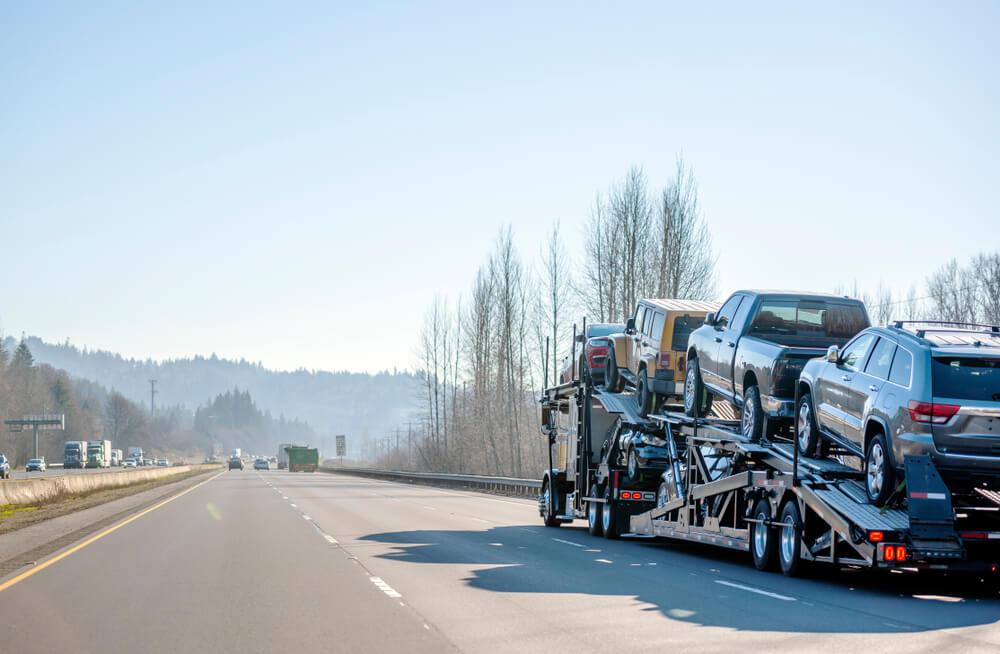How many cars can be shipped at once?
The number of cars that can be shipped simultaneously largely depends on the type of carrier being used. For instance, large open-air transport carriers, commonly used for vehicle shipping, can carry approximately 9 to 10 vehicles at a time.
When shipping multiple cars, the type of carrier plays a pivotal role in determining how many can be transported at once. Standard large open-air carriers, widely used for this purpose, typically can hold about 9 to 10 vehicles, making them an efficient choice for bulk transportation.
Different Methods of Car Shipping
Car shipping involves local and international transportation and depends on company services and requirements. Industry-wide, open-air and enclosed transport is popular. Open-air transportation can transport multiple cars simultaneously for cost-effective long-distance shipping, increasing efficiency. Though more expensive, enclosed transport protects luxury, vintage, and high-end vehicles from external elements.

Unique shipping methods meet specific needs. Flatbed towing gives non-standard vehicles flexibility, mostly used for short-distance transportation or roadside assistance. Multi-car trailers can transport dealers' vehicles because they can hold multiple cars. International roll-on/roll-off shipping involves driving vehicles onto and securing them on the ship. Each method has pros and cons based on customers' needs and budgets.
Factors Affecting the Quantity of Cars Shipped
Several aspects impact the number of vehicles transported by shipping companies. One key determinant involves economic factors, notably the supply and demand within the auto industry. When the automobile market flourishes and the demand for new vehicles increases, this boosts the total number of vehicles shipped. Additionally, global trade and imports/exports of vehicles also significantly affect the quantity. For instance, countries with high import taxes often have fewer car shipments.
Beyond economic aspects, logistical matters substantially affect the quantity of cars shipped. The frequency and reliability of available routes and services dictate whether a shipping company can maintain high volumes of vehicle transport. Furthermore, the infrastructure's capacity to accommodate large vehicles and rapid transit times are critical. Natural disasters or adverse weather conditions can also disrupt transportation schedules, reducing the number of vehicles shipped. Overall, multiple elements concurrently shape the car shipping industry's ability to transport varying quantities of vehicles.
The Role of the Size and Type of Cars in Shipping
The size and type of cars significantly impact the shipping process. Smaller vehicles typically require less space, allowing more to be transported simultaneously. For instance, compact cars, motorcycles, and other small vehicles can be more easily fitted onto a trailer than larger vehicles, which might occupy more space and limit the carrying capacity of the transporter.
On the other hand, large vehicles such as SUVs, trucks, and vans often require specific shipping precautions due to their weight and dimensions. Special equipment may be needed to load and unload these vehicles efficiently. Similarly, the type of vehicle also plays a role in shipping. Classic or luxury cars may necessitate enclosed car shipping for added protection. At the same time, standard vehicles can be shipped via open-air carriers, which is more cost-effective but offers less protection.

Comments
Post a Comment